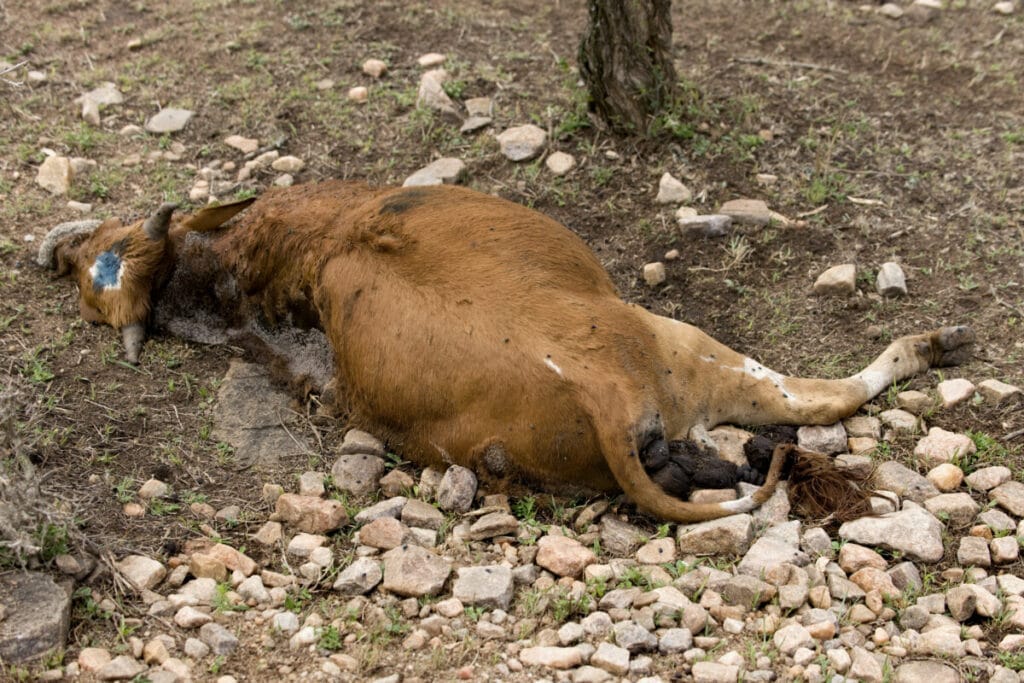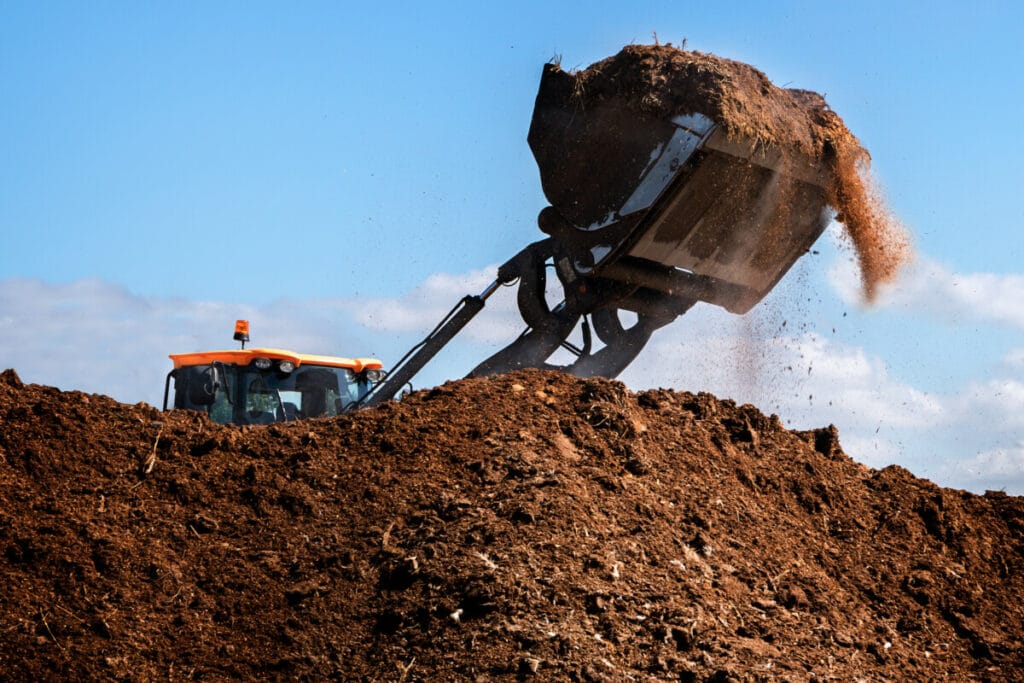
All living things came from the earth itself. When dead, their bodies will become part of the earth once again. This is a fact that all farmers and livestock owners should be aware of when they need to dispose of the carcasses of dead animals.
Most animal carcasses can be turned into compost that can be utilized to fertilize crops. A certain process needs to be followed for the body to be converted into a humus-like substance that can be used as fertilizer. Once completed over the course of a few months, the converted carcass can be used.
I used to help my parents care for livestock, so I know how much work goes into disposing of a dead cow when the situation arises. We did not know about these methods beforehand because if we had, we would likely have been more prepared. Hopefully, this process can be of great use to you.
Why Should I Turn my Animals into Compost?
Speaking from experience, disposing of a dead animal is no easy task. You need to hook it up to a truck, drag it onto a flatbed trailer, and drive it to the nearest landfill. This is the more legal option to take, mind you. However, if you turn a dead animal into compost, you don’t have to necessarily haul it anywhere.
Some people might try leaving it out in the wilderness in the hopes of having the remains eaten by predators or scavenger animals in the wild. This already happens, so why not let it continue to happen as long as it’s away from you and your other animals?
You should turn your dead animals into compost because it can help your crops, and it allows you to easily dispose of the animal.
What Animals Can Be Used as Compost?
Nearly any dead animal would make a goof fertilizer when taken care of properly. Of course, I do not imagine that you are seeking to turn your recently deceased pet dog or cat into compost. No, the only thing that they will be fertilizing is grass and the flowers that grow on the surface of their grave. However, that is mainly because of the emotional ties we have with our pets.
Brookside Agra has a lot of great information about how you can turn your animals into compost quickly and nearly odor-free. Typically, the larger the animal, the longer it will take to convert into fertilizer and the greater yield of compost will result.
Process of Compost Conversion

Tools Needed
First, you will need a material rich in carbon such as sawdust, wood shavings, gin trash, rotten bales of alfalfa, nut hulls, or rice. You can even mix two or more of these in the pile to increase the potency. You will need about four cubic yards of the material for every one thousand pounds of carcass. (Source)
You will also need a loading vehicle such as a tractor to transport the bodies and change the position of the carcasses every three to six months so the process can have a greater effect. Water will also need to be mixed into the pile every few months. You will also need a special thermometer to measure the temperature of the carcass and a sharp tool such as a large knife or a hacksaw to open up the corpses.
Building the Pile
Before actually building the pile, you will need to find an appropriate location to put into effect such a biodegrading transformation.
If you did not already know, dead animals smell terrible. This means that you will want to find an area that is a considerable distance away from any places where people and other animals can be found. To reduce environmental impact, you will want to find an area that has plenty of vegetation.
Once the area is found, lay enough of whatever carbon-rich material you chose to make a bed for however many dead animals you seek to transform into compost. When that is said and done, go ahead and lay the corpse or corpses on the bedding while making sure that they lie flat on their back or side. If you are disposing of multiple dead animals, make sure they aren’t on top of each other.
After laying the deceased onto the bedding, you will need to completely cover the body or bodies with water, more of the carbon-rich substances, and maybe even some manure or already completed compost. The carcasses will need to be completely covered so the odors don’t escape and predators won’t find them.
Over the next few months, you will need to supervise the pile and make sure the core temperature and moisture levels are sufficient. Find a thermometer with a long stem to make sure that the center of the mound does not rise above 150 degrees Fahrenheit. Also, be sure to see if the pile has become too moist by grabbing a handful of the material covering the carcass and squeezing it, seeing how much water comes out.
The process will last a few months — usually around half a year depending on the size of the animal. On average, larger animals such as cows and horses will take about this long or maybe a bit longer. Again, it all depends on the size of the animal.
Once the process is completed, you will be able to either use the humus material on your own crops or sell the compost to those willing to buy a more natural fertilizer for their farming.
Precautions
Be aware that this process has some downsides that the more arduous ways of getting rid of dead animals and obtaining usable compost have slightly less of. A few of these downsides include the overpowering odors, the insects and vermin that will infest the pile, and the time it will take to come into full effect and fruition.
Of course, this method will allow you to both have a use for the dead animals and provide you with an alternative to just buying a ton of compost that you will need.
Overall, making animals into compost is a great way to dispose of dead animals, especially if they are quite large.
